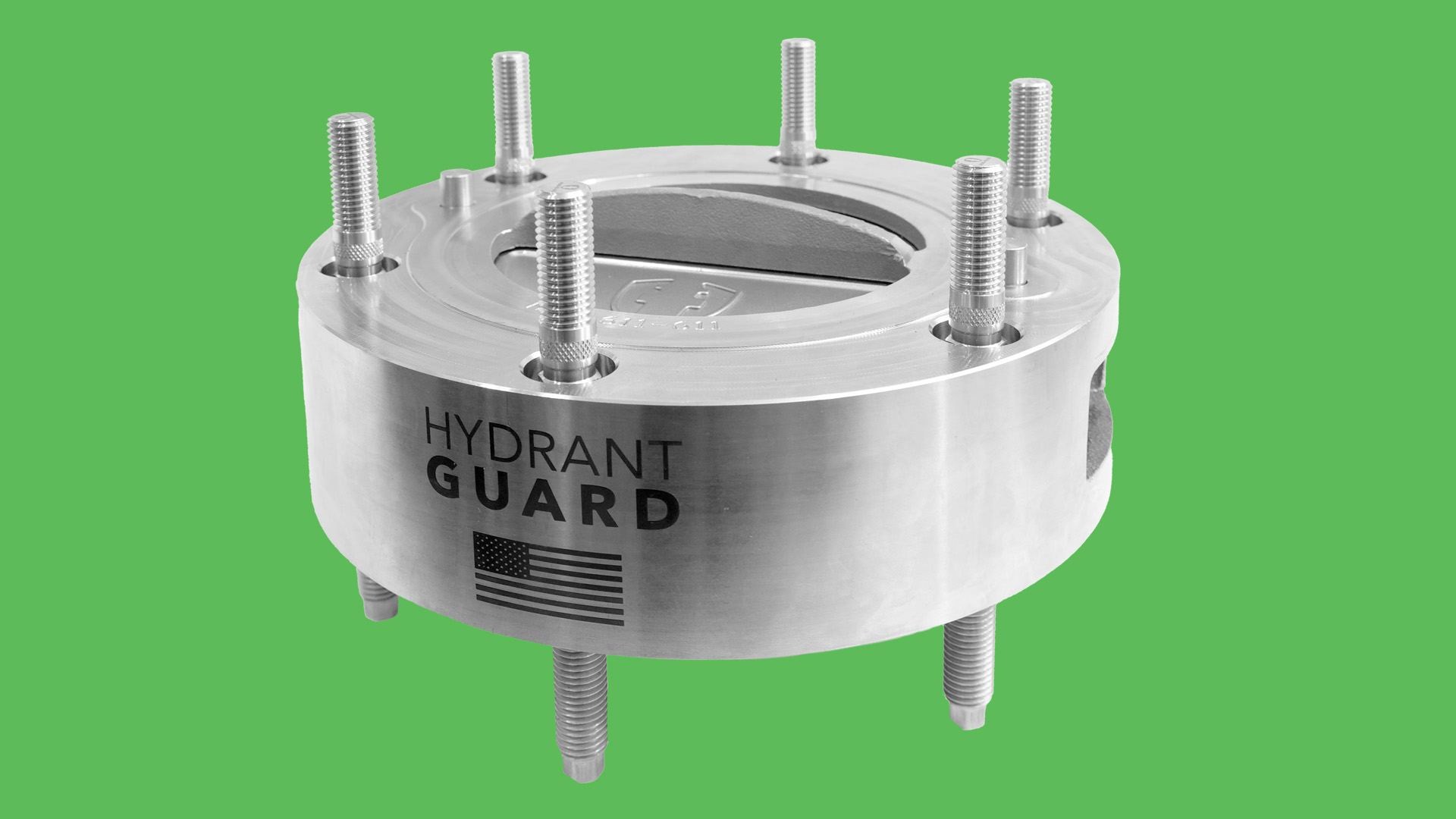Hydrant History: The World’s First Fire Hydrants
Getting water out of the ground remained an unsolved problem in 1800, despite all the advances in underground infrastructure; firefighters had either to plunge buckets in the nearest cistern or dig down to perforate the wooden mains that conveyed water before metal pipes.
Before the invention of hydrants, the first brigade on scene tore up the ground until they reached the wooden water main, pierced it open and flooded the dugout around the puncture. From this makeshift pool the brigade filled buckets and attached hoses. After the fire, they closed the hole in the main with a plug, and it was these plugs that gave rise to the hydrant’s original name: fireplug. The word ‘hydrant’ is first attested in the year 1806, five years after the appearance of the first modern hydrant.
Around 1800, Philadelphia hired Frederick Graff as Chief Engineer. He left his mark by building the city’s first water works and, just as importantly, designing the world’s first fire hydrant in 1801. His exact design is unclear: in 1836, the US Patent Office burned down and with it the blueprint of the first model. But later hydrants inspired by his give us an idea: metal pipes topped with faucets encased in wooden boxes. They were a wet-barrel design, meaning the pipe was charged with water at all times with the valve on top, all covered by a flip lid. Like today, having a charged hydrant posed problems in cold climates: to prevent freezing, sawdust or manure was packed around the pipe. But even this smelly solution wouldn’t do against East Coast winters: not long after wet-barrels were introduced, engineers devised new hydrants that allowed water to drain out of the riser.
A cannon maker named Henry Foxall was personally invited by Thomas Jefferson to set up a foundry near Washington, D.C. where the President plied him with defense contracts. Foxall was also commissioned by the City of Philadelphia to manufacture the first cast-iron hydrants in 1802. Within a decade, the city boasted hundreds of wooden and cast-iron hydrants. From the very get-go, it seems, the fates of fire safety and national defense were closely tied.


